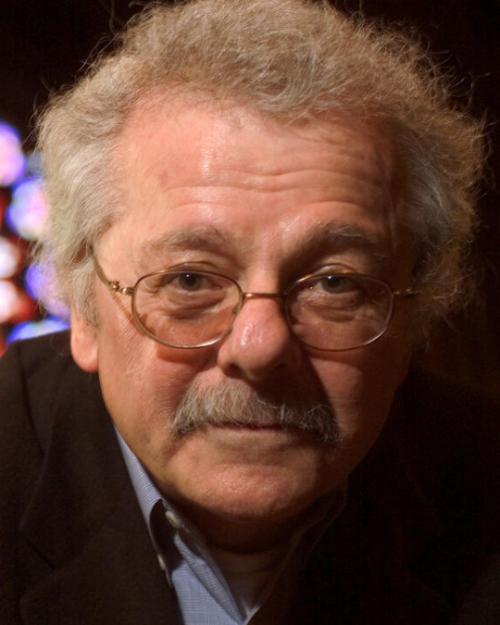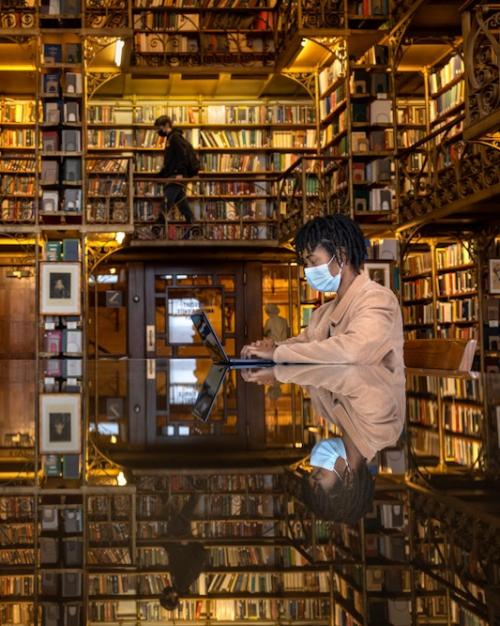From last Wednesday to Dec. 8, the Cornell High Energy Synchrotron Source (CHESS), also known affectionately as the “world’s coolest microscope” by CHESS Director Prof. Joel Brock, applied and engineering physics, will be holding a scheduled x-ray run for users around the nation. CHESS is a high-intensity x-ray source funded by the National Science Foundation that is operated and managed by the University, driving research in fields spanning from electron behavior in a superconductor to arsenic poisoning in shrimp.
These brief, high-power runs occur only three to four times a year, and a limited amount of time is available to accommodate all the research groups that would like to use the synchrotron for their projects, according to Prof. Kyle Lancaster, chemistry. Once scientists receive beam time, they often stay overnight to get the most out of their allotted time.
“Because the photons are so precious, you don’t leave a beam-line idle,” Lancaster said. “Somebody is always there [with a pot of coffee and lounge chair] to make sure the experiment is proceeding as planned.”
Scientists submitted proposals in July to request for time on the synchrotron to be ranked by a review board. During upcoming beam times, research groups can submit a beam time request, and the amount of time given is dictated by how good their proposal ranking was, according to Lancaster.
In anticipation of the 2015 fall run, the CHESS staff has recently completed a series of upgrades — specifically, undulators were added to power five of the 11 experimental stations, thus significantly increasing flux and brightness. X-ray optics and other equipment were modified to accommodate the more intense beams.
“It’s going to be really exciting in the fall to see what the users do,” Brock said.
While CHESS is a unique entity, other powerful synchrotrons around the world exist and have specialized into different subdivisions of imaging. Cornell focuses largely on high energy x-rays, which can penetrate inside a structure and study rapidly changing dynamics, according to Fontes. Others, such as CERN located in Switzerland or Diamond Light Source in the United Kingdom, specialize in particle accelerators and exploitation of synchrotron light, respectively.
CHESS is unique in that its staff scientists not only develop equipment, but train the scientists who use it, according to Dr. Ernest Fontes, associate director of CHESS.
About 1,000 scientists from around the world come to the synchrotron every year, and the staff of 150 to 160 Cornell scientists and engineers provides support such as customizing sample holders, fixing malfunctioning equipment and training users. One scientist is assigned to each of the machine’s 11 instruments;due to the nature of the work one may be called in the middle of the night to fix machinery.
“That’s a real strength, because … if you have the people in your lab who designed it and built it — they understand it better, they can train people better and they can explain it better,” Fontes said.
Prof. Meredith Silberstein, mechanical and aerospace engineering, also commented on the utility of CHESS.
“[The synchrotron has] a lot of personnel and physical resources in one place. It’s well managed and it’s designed to help people create new experiments,” Silberstein said. “They’ll work with you for a long time before and after your run. That’s what I love.”
According to Silberstein, her research group will be spending six days in the upcoming run, aiming to understand bond strength of nonwoven fabrics through controlled deformation and careful monitoring.
With higher-powered beams, scientists can take data at over a million frames per second which provides greater accuracy in imaging molecular dynamics as a video, instead of merely a snapshot, according to Brock. At the same time, with technological success come new limitations: how to effectively analyze the millions of images taken, how to transport a terabyte of information, and so on.
“[CHESS is] a facility that’s led to a lot of important discoveries, and it’s a crown jewel of science at Cornell. I can’t speak highly enough of how great it’s been…and I’m looking to do more photon science,” Lancaster said.
This article originally appeared in the Cornell Daily Sun.




